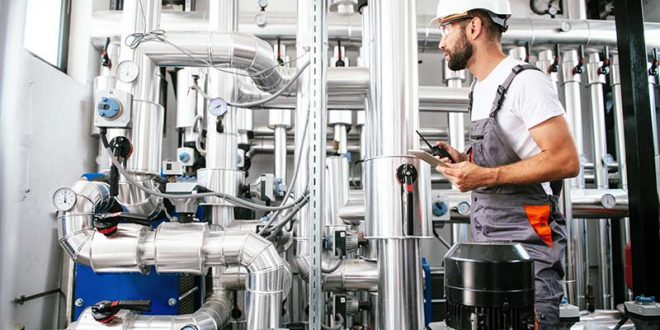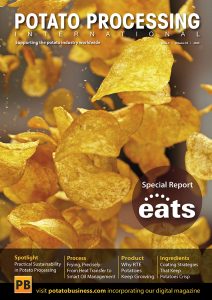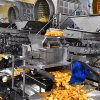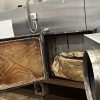GEA’s Circular Economy Focus Aims at Both Material Use and Plant Operations

GEA is meeting the current market challenge by producing increasingly resource-conserving and energy-efficient products and processes for a wide range of industries.
With new circular processes, the company improves its sustainability while also assisting customers in achieving their own sustainability goals.
The company produces standard machinery and plants, and more than 90% of its total emissions come from indirect emissions. This demonstrates that the emissions from the plants’ operational phase at the customer’s location must be significantly decreased. At the customer’s location, GEA is concentrating on a new circular economy that tackles both material utilization and plant operation.
Two layers of thinking must change for a circular economy to be implemented successfully. To always provide its customers with the most sustainable production through the machinery and equipment supplied, GEA is simultaneously modernizing the processes at the material level of its portfolio.
Circular Economy for the Material Level
The introduction of the “Circular Economy” procedure serves as the foundation for GEA’s answer for the material level. Adopting a circular economy for all machine service parts and packaging materials by 2026, this approach helps achieve the strategic goal. As a result, GEA is a market leader in the field of mechanical and plant engineering.
The implementation of an R strategy, which operationalizes the five R’s of Reduce, Reuse, Repair, Remanufacture, and Recycle, is at the core of the process. Since the foundations of circularity must already be established at the development stage, a definitional framework for the five R’s was developed for this purpose, to be applied to both the transformation of existing service parts and the design of new parts.
Circular Economy for Machinery and Equipment
GEA is concentrating on the circular economy as a future model for running machinery and equipment in a circular, and thus more sustainable, way at every stage of its lifecycle, in addition to applying a circular strategy based on the five R’s to replacement parts and packaging materials. This methodology puts a strong emphasis on “Design to Sustainability” (D2S), intending to optimize lifespan and sustainable productivity optimization.
D2S, for the development departments, refers to creating machines and systems with the greatest lifetime and least amount of resource consumption during retrofits and maintenance. This design philosophy also guarantees that improvements to current products and the accompanying technological advancement are made possible.
Digitization as an Enabler
The new circular business models will be made possible by digitization. Digital business models can be used to implement circularity-related processes, methodologies, and technologies for future revenue models.
In terms of data provision, simulation, real-time analysis, optimization, and operational control, a physical machine can be accompanied in all phases of its lifecycle by digital products and services, such as a digital twin or the use of product lifecycle management (PLM). This demonstrates the possibility for new customer-focused services that can be tailored toward plant operations that are optimized in terms of ecology and economy.
The circular economy with the five R’s at the material level is now being implemented by GEA throughout all business units; this process will be finished in 2025. To significantly and sustainably cut Scope 3 indirect emissions, GEA will continually go one step further and apply the circular economy concepts to machinery and equipment.

















